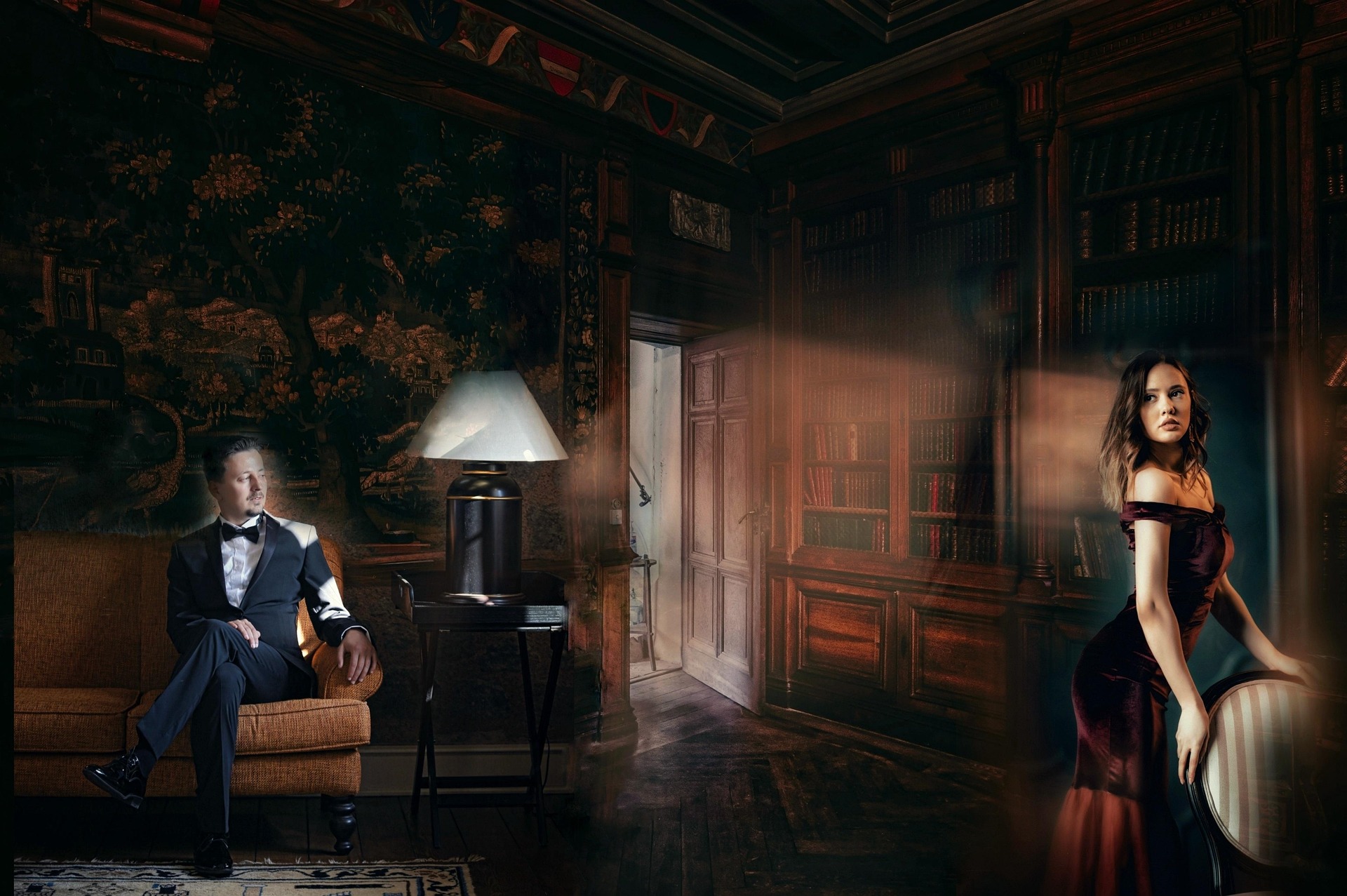Melding Spaces: The Artistic Fusion of Physical and Digital Realities
Introduction: In a world where technology permeates our daily lives, the arts and entertainment industry has initiated an exciting dance with digital innovation, resulting in a new artistic movement: the fusion of physical and digital realities. This article will delve into this emerging trend, exploring its background, current developments, and potential impacts on the arts and entertainment landscape.

A Historical Perspective
In the early days of digital technology, the physical and digital worlds were widely considered separate realms. However, as technology evolved, artists began exploring the possibilities of merging these two spaces. The late 1990s and early 2000s saw the first wave of this fusion, with artists experimenting with virtual reality (VR) and augmented reality (AR) to create immersive experiences. Yet, the true potential of these tools remained largely untapped due to technological limitations.
Arrival of the Digital Renaissance
Fast forward to present day, and the landscape has dramatically changed. Advancements in VR and AR technologies have opened up a world of possibilities, allowing artists to create experiences that blend physical and digital realities in unprecedented ways. Today, we see a wide array of art installations, performances, and exhibitions that invite audiences to navigate both physical and digital spaces simultaneously.
Navigating Current Trends
One of the most notable trends in this fusion is the use of AR in public art installations. Artists overlay digital elements onto physical environments, creating a unique blend of real and virtual that can be experienced through smartphones or AR glasses. Similarly, in the realm of performance arts, VR is being used to transport audiences to entirely new worlds, while maintaining a tangible connection to the physical performance space.
Impact and Reception
The fusion of physical and digital realities is not just an artistic trend; it’s a cultural phenomenon reshaping how we perceive and interact with art. The immersive nature of these experiences breaks down the traditional barriers between audience and artwork, allowing for more intimate and personal engagements. This has been met with widespread acclaim from both audiences and critics, who laud the innovative use of technology in enhancing artistic expression.
Looking Ahead: The Future of Artistic Fusion
The fusion of physical and digital realities is still in its nascent stages, and its full potential is yet to be discovered. As technology continues to evolve, so too will the ways in which artists utilize it to create immersive and interactive experiences. One thing is certain, however: this artistic movement is revolutionizing the arts and entertainment industry, and its influence will undoubtedly be felt for years to come.
In conclusion, the melding of physical and digital spaces represents a thrilling new frontier in the arts and entertainment industry. As artists continue to push the boundaries of this fusion, audiences can expect to be captivated by increasingly innovative and immersive experiences. The future of art is here, and it’s a blend of the physical and the digital.




